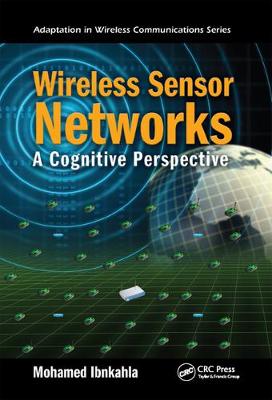Adaptation in Wireless Communications
2 total works
A second volume in the series, Adaptation and Cross-layer Design in Wireless Networks(cat no.46039) is devoted to adaptation in the data link, network, and application layers.
With classical techniques for data transmission soon reaching their limitations, cognitive approaches may offer a solution to user requirements for better coverage, connectivity, security, and energy efficiency at lower cost. Wireless Sensor Networks: A Cognitive Perspective presents a unified view of the state of the art of cognitive approaches in telecommunications. A benchmark in the field, it brings together research that has previously been scattered throughout conference and journal papers.
Cutting-Edge Topics in Cognitive Communications
After a review of the cognitive concept and approaches, the book outlines a generic architecture for cognition in wireless sensor networks. It then targets specific issues that need to be addressed through cognition, from cognitive radio and spectrum access to routing protocols. The book also explores how to use weighted cognitive maps to improve network lifetime through optimizing routing, medium access, and power control while fulfilling end-to-end goals. The final chapter discusses the implementation of hardware for GPS/INS-enabled wireless sensor networks. This addresses an important need for real-time node position information in many wireless sensor network applications and communication protocols.
Real-World Applications of Wireless Sensor Networks using the Cognitive Concept
Written in a tutorial style, the book supplies an in-depth survey of each topic, accompanied by detailed descriptions of the algorithms and protocols. It also provides a step-by-step analysis of the various communications systems through extensive computer simulations and illustrations. Examples cover environmental monitoring, vehicular communications, tracking, and more. A comprehensive overview of cognitive communications in wireless sensor networks, this work lays the foundations for readers to participate in a new era of research in this emerging field.

